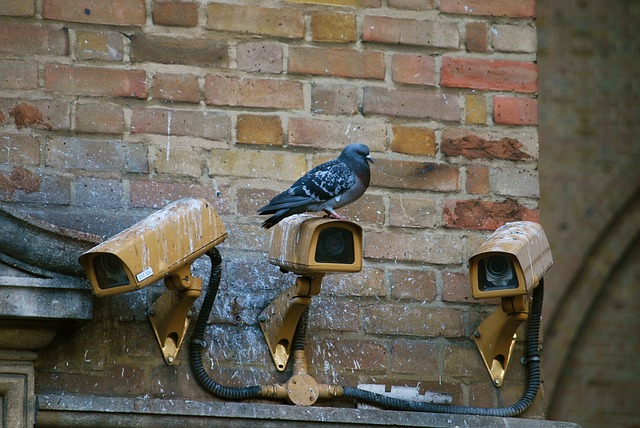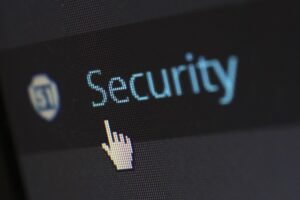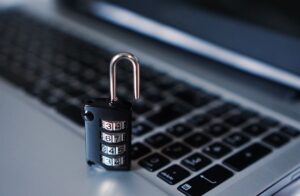Security cameras are devices that are used to capture video footage of a specific area for the purpose of surveillance and security. They can be installed in various locations such as homes, businesses, and public spaces, and can be connected to a monitoring system for real-time viewing or recording for later review.
Must read this post why you are missing it: Child Safety: How to prevent Child abduction- MyHealth Alberta
There are different types of security cameras available, including wired and wireless options, as well as indoor and outdoor models. Some cameras also offer advanced features such as night vision, motion detection, and remote access through a smartphone or computer. They are often used as a deterrent to burglars and other criminals, and can also be used to monitor and protect against other potential security threats such as vandalism and trespassing.
Where to install security cameras?
- Entrances and exits: Placing cameras at the front and back doors, as well as any other entry points, can help to monitor who is coming and going from the property.
- Driveway and perimeter: Cameras placed around the perimeter of the property can help to detect any suspicious activity or potential intruders.
- Garages and sheds: These areas often contain valuable tools or equipment and can be vulnerable to theft.
- Basements and crawl spaces: These areas are often used for storage and can be vulnerable to break-ins.
- Inside of the house: Cameras placed in key areas like living rooms, kitchen, and hallways can help to monitor the house, and can be useful to check on children and seniors.
- Outdoor areas: Installing cameras in outdoor areas such as patios, decks, and backyards can also help to monitor the property and detect any suspicious activity.
It’s also important to make sure that the cameras are placed in a way that they will not be easily visible to intruders and they will not be able to tell the direction of the cameras, also make sure that the cameras have a clear view of the area they are supposed to monitor and that the footage can be easily accessed for review.
Where not to install the security cameras?
When considering where to place security cameras, it’s important to avoid certain locations that could compromise their effectiveness or invade privacy. These include:
- Inside bathrooms or bedrooms: These are private spaces where people may not want to be recorded.
- In areas that are easily accessible to intruders: This can give burglars the opportunity to tamper with or disable the cameras.
- In areas with poor lighting: Cameras placed in poorly lit areas may not capture clear footage.
- In areas with a lot of movement or activity: Cameras placed in areas with a lot of movement or activity, such as a busy street or a playground, may not be able to capture clear footage of potential intruders.
- In areas where the camera’s view is obstructed: For example, placing a camera behind a large plant or piece of furniture can make it difficult for the camera to capture clear footage.
- Public areas: Installing cameras in public areas, such as a shared hallway or common area in an apartment building, can be illegal and/or invades other people’s privacy.

It’s also important to check with your local laws or regulations before installing security cameras, as there may be restrictions or laws regarding the use of cameras in certain areas or on certain properties.
Conclusion
In conclusion, when installing home security cameras, it is important to consider the privacy of the occupants as well as the potential vulnerability of the camera to tampering or obstruction. Bathrooms and bedrooms are private spaces where people may not want to be recorded, and areas that are easily accessible to intruders can give burglars the opportunity to tamper with or disable the cameras.
Cameras should also be placed in well-lit areas to capture clear footage, and not in areas with a lot of movement or activity that may make it difficult to identify intruders. It’s also important to check with local laws and regulations regarding the use of security cameras and make sure that the cameras are not easily visible to intruders and they will not be able to tell the direction of the cameras.






